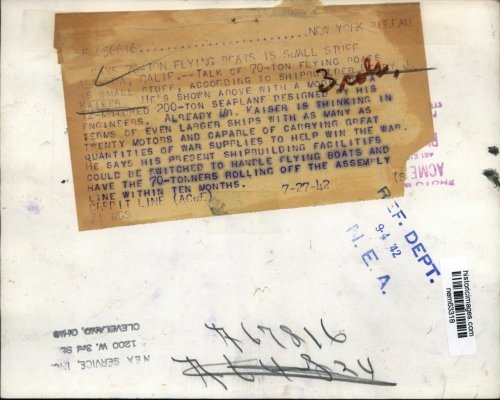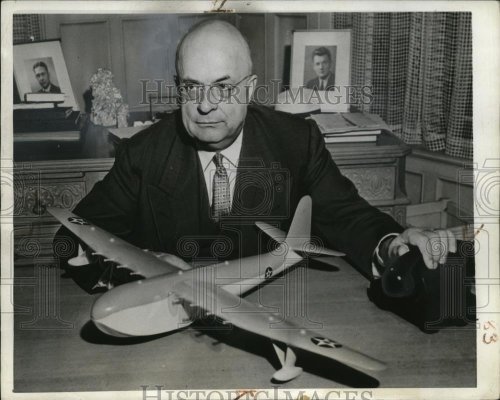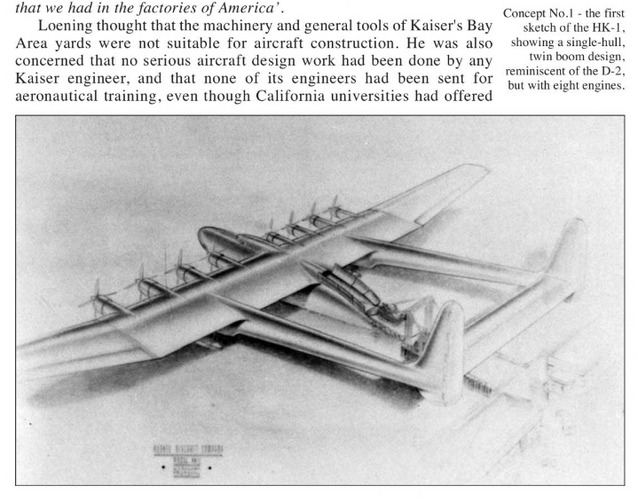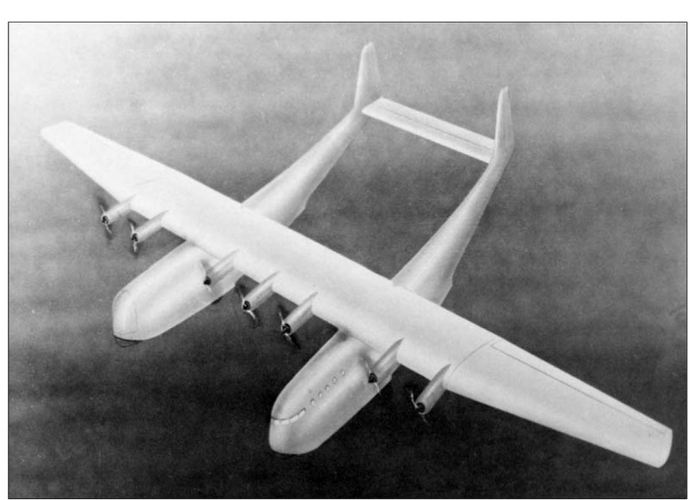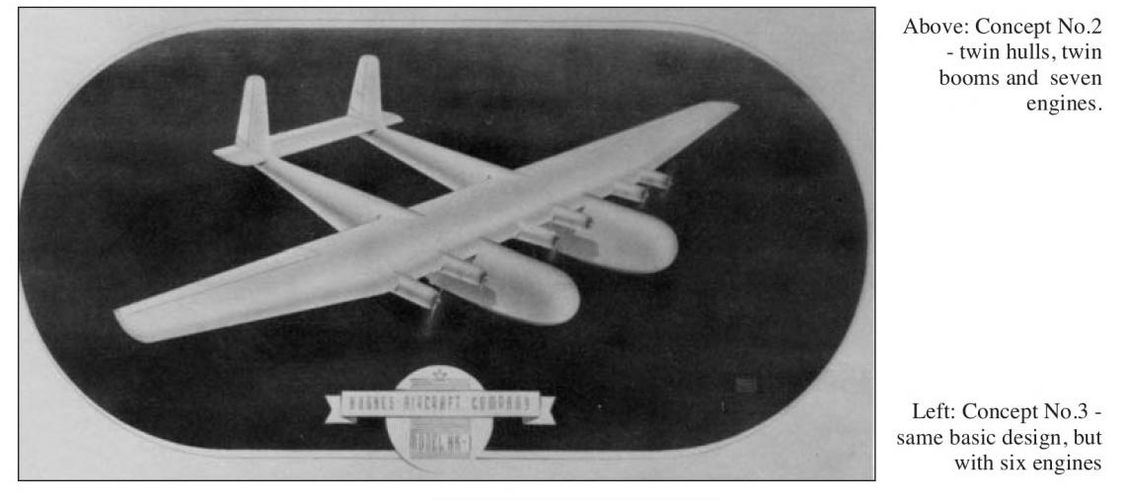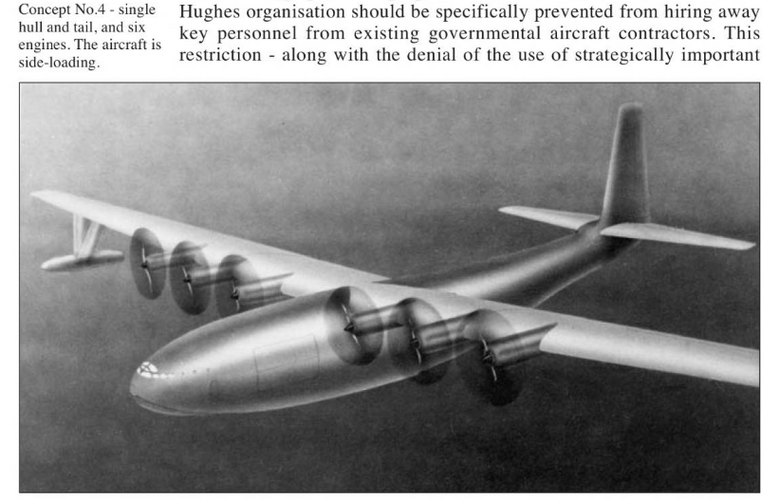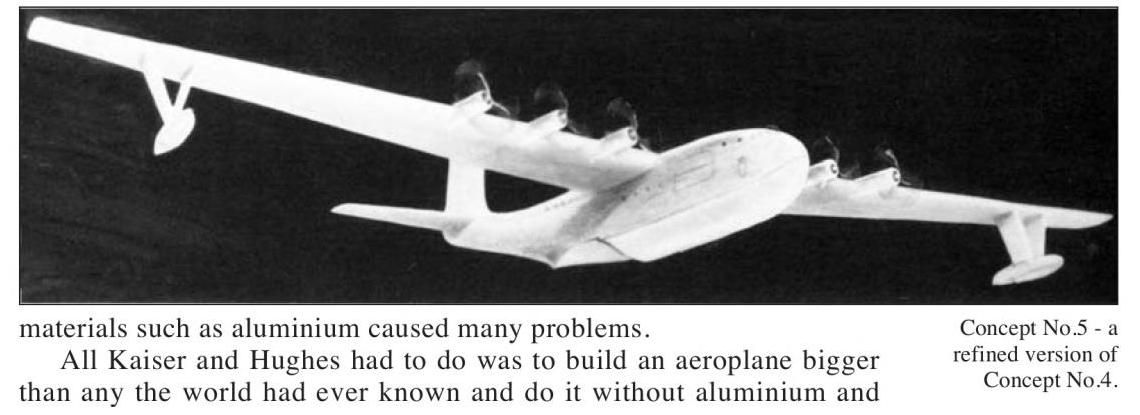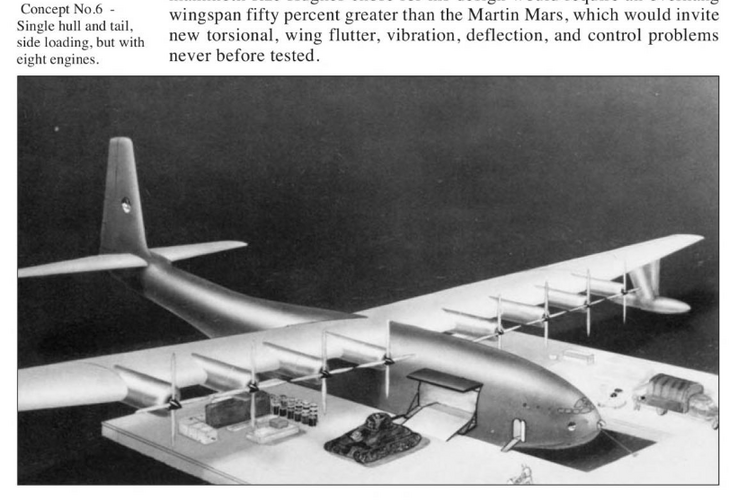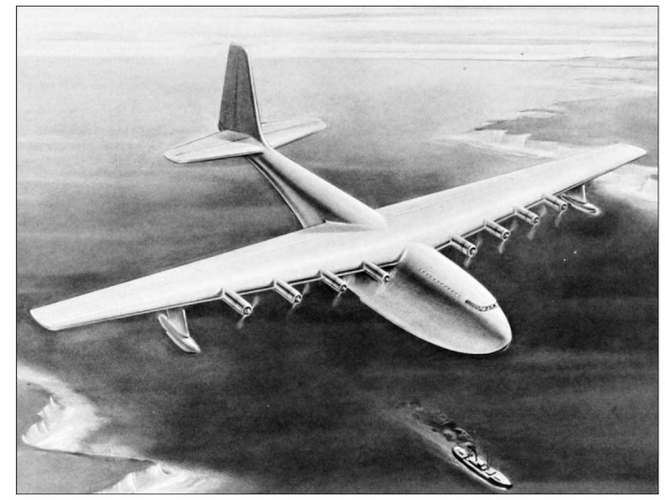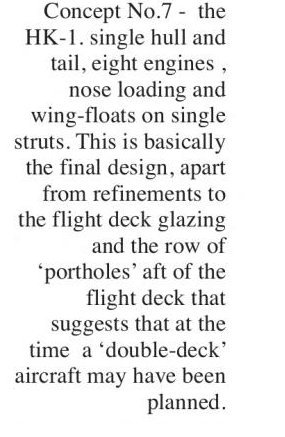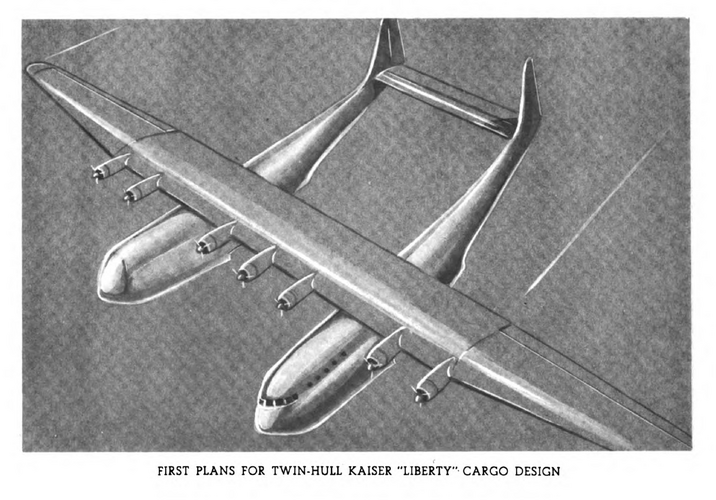- Joined
- 14 June 2006
- Messages
- 2,300
- Reaction score
- 561
Like every airplane, the Hughes Kaiser Model 1 (AKA Hercules AKA Spruce Goose, Howard forgiving) passed through a series of concepts before his design being frozen. So, behold. The concepts were numbered from 1 to 7 (the "good" one) and you can notice influences from a number of famous seaplane design schools from around the world. Weight and overall dimensions went steadily up during the process. Unfortunately, nothing is (AFAIK) known of the shape of the original concept drawn by Kaiser's engineers and flatly rejected by Hughes. I owe these images to my friend Lark, to whom go my best wishes.

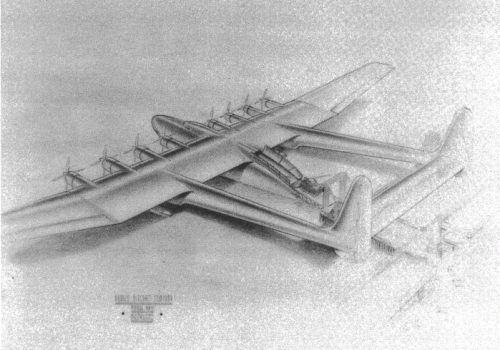
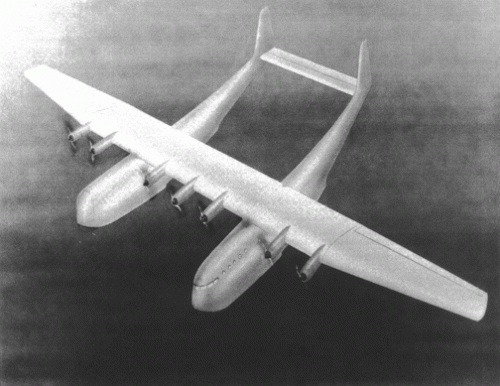
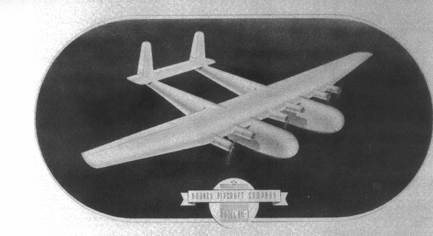
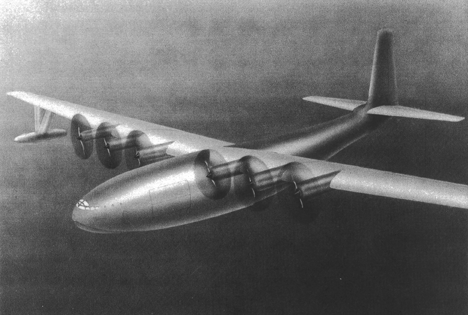
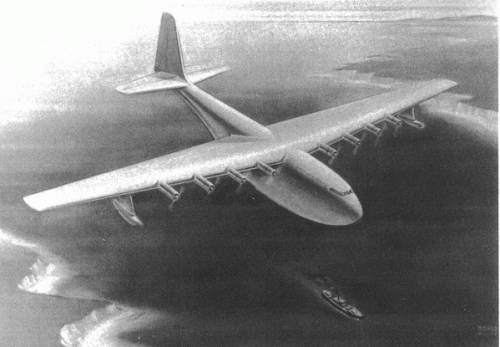

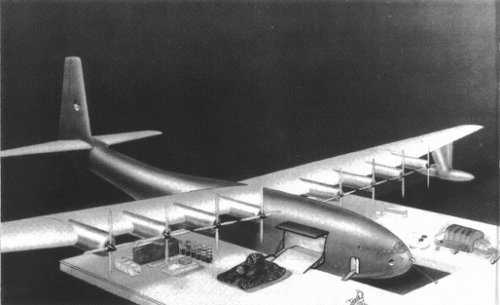
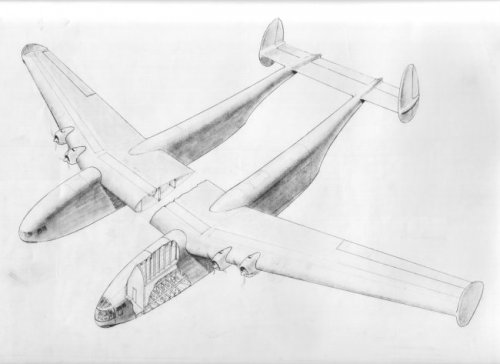
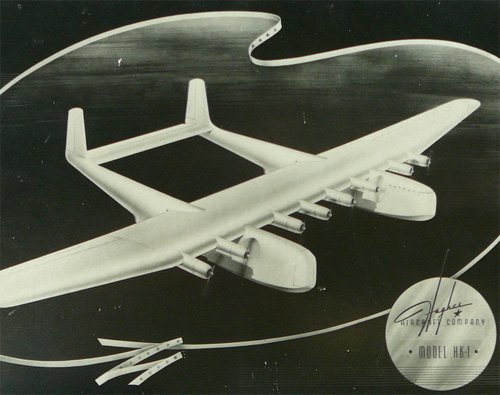
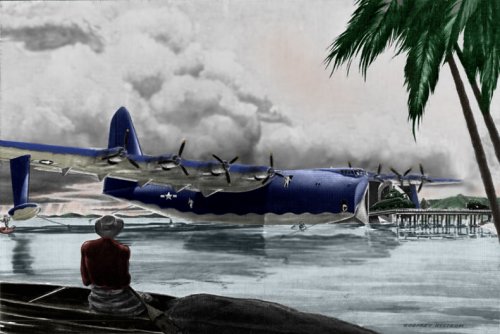
![K-JR1K [possible].JPG](/data/attachments/31/31742-68fdee51aaac3b31dd36f0f77706386a.jpg)
